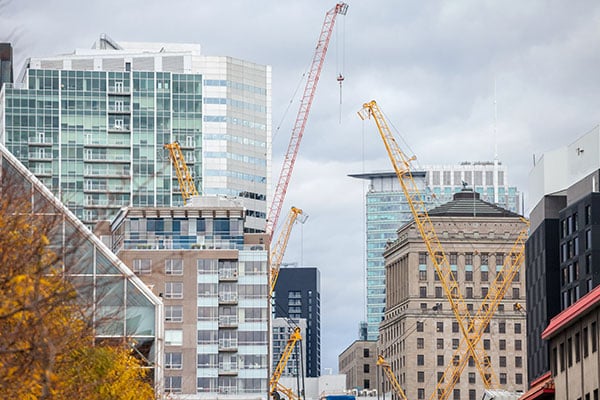CAI®’s Community Manager Magazine for July/August 2021 discusses some statistics concerning community associations in our country.
“More than a quarter of current U.S. housing stock is in a community association, and thousands of new condominium and homeowners associations are being developed every year, according to the Founding for Community Association Research.”
Community Associations come with their own set of governing documents, and often there are parameters under which we must comply. Often called the Architectural Control Application process, homeowners and developers must submit an application that describes their intentions concerning new construction buildings or components. The community association reviews and approves or denies that request based upon the governing documents.
But are we also complying with state and municipal regulations? Below are a few examples of government approval requirements and, frankly, government approval assistance. We see examples of government intervention as a result of the Surfside Community tragedy. When would the government need to be involved?
State government: The most significant intervention from the state comes from building code recommendations adopted at a local level.
Ideally, these regulations help protect homeowners and renters from construction that is not ideal and can be dangerous in some cases. However, states learn from mistakes, and Surfside is an excellent example of learning from our mistakes. Mother Nature can wreak havoc on a wide variety of construction, from saltwater in the communities that border our oceans to the leaks in the north, from ice backups in the roof’s valleys to the gutter edges. These examples have resulted in changes in construction, and when we are all working together, we will continue to improve our community associations.
Local municipalities should be included in projects through the community association, and some municipalities will impact individual homeowner projects. In addition, municipalities can and do regulate:
Building codes – roof replacement, new construction, façade replacement, electrical work, and balconies – are a large part of any construction project. The community must consider the municipality’s involvement before finalizing your plans because good municipalities frequently have code changes. In addition, swimming pools and other amenities are often inspected by the state and local municipality, and there are requirements of inspection and compliance to keep these amenities open.
In a well-run municipality, the building department will be your partner in approving various construction projects, from the initial specifications and contract to the inspection process.
Municipalities will often defer to the community association’s governing documents when it comes to landscaping, lighting, or decorating. But this is not always the case, especially in communities with an old set of governing documents. If the community is defining rules around the requirements for the individual community, it might be wise to run the final draft by your building department.
A good rule of thumb for the architectural application process is to announce the requirement that owners also obtain a permit for their construction request. For instance, the municipality can regulate new fences or sheds, and in many cases, municipalities regulate the replacement of individual HVAC units.
Individual issues with residents, as it relates to noise or nuisances or any other unpleasant behavior in the association, should be handled individually. If there is a noise complaint, getting the police department involved can often assist with resolution. But nuisances may require community intervention. There are nuances to community association living, but the community’s governing documents are not intended to regulate everything. Working with your municipal government is the best-case scenario for the very best community associations.

